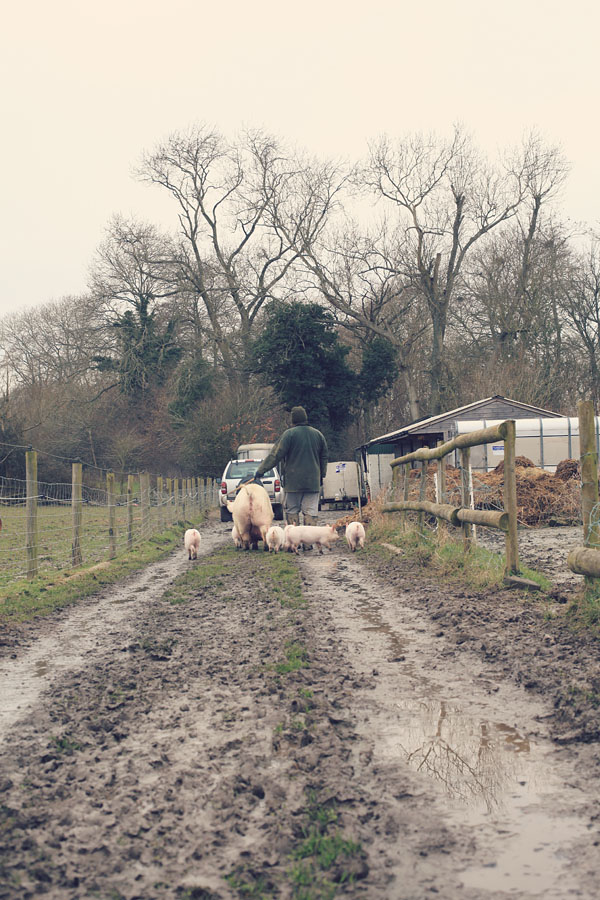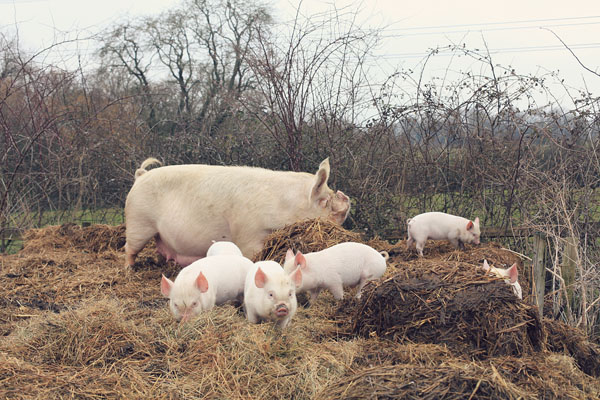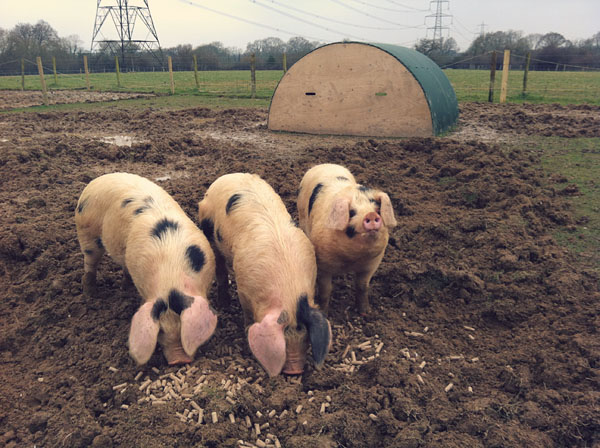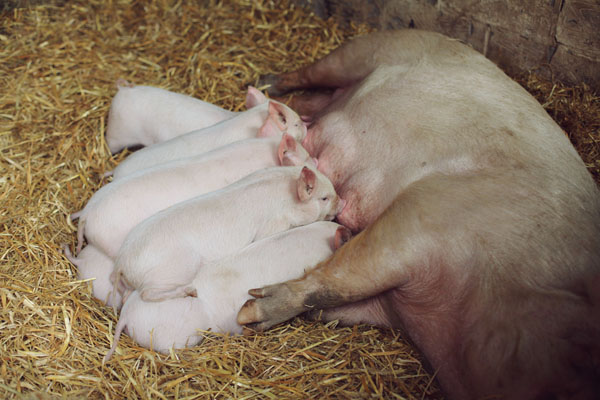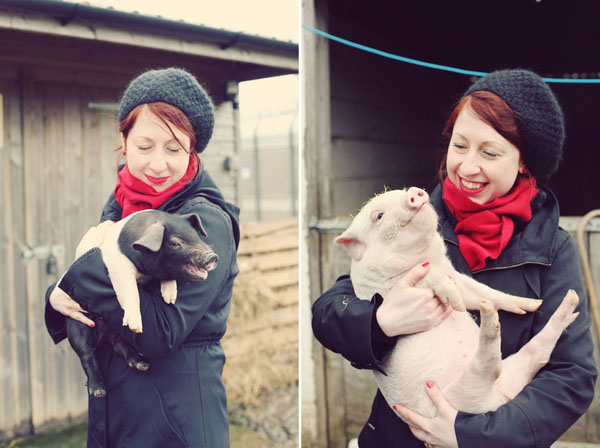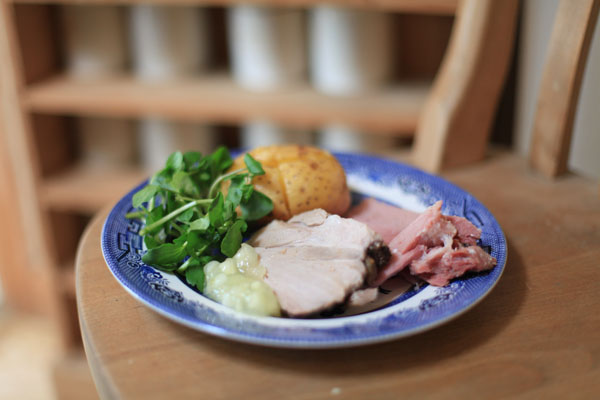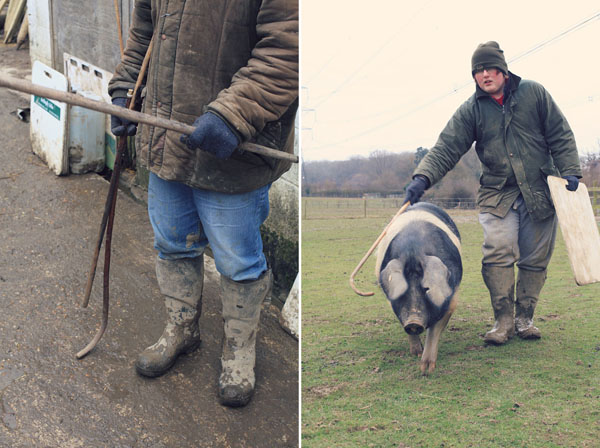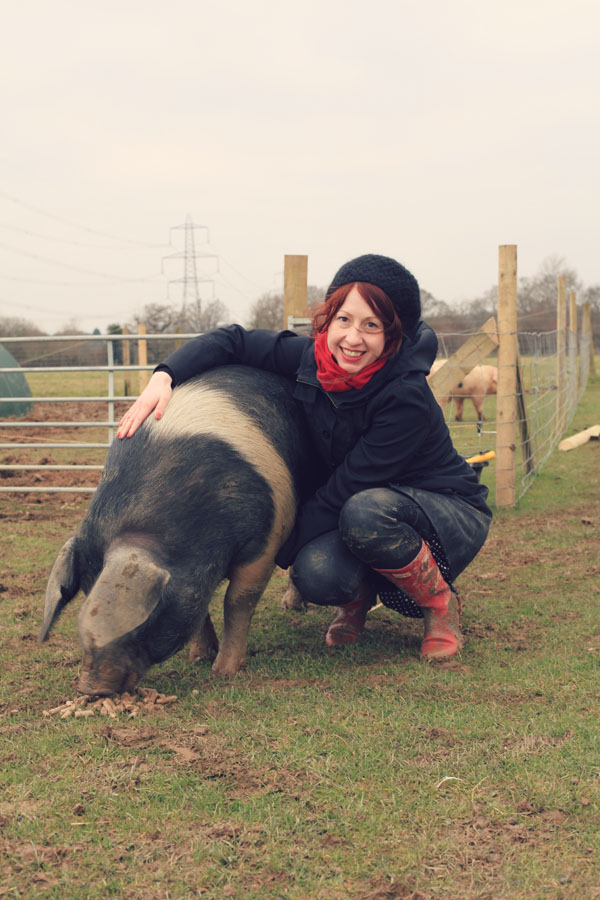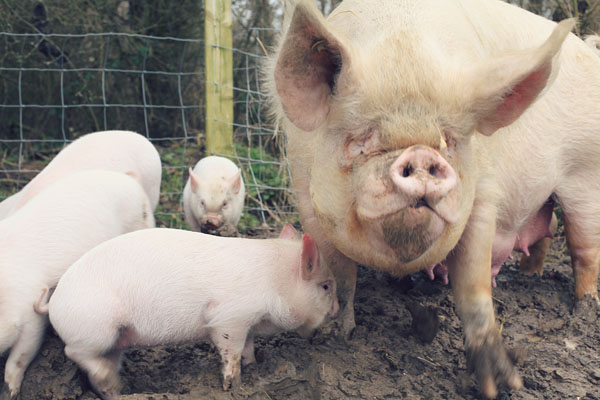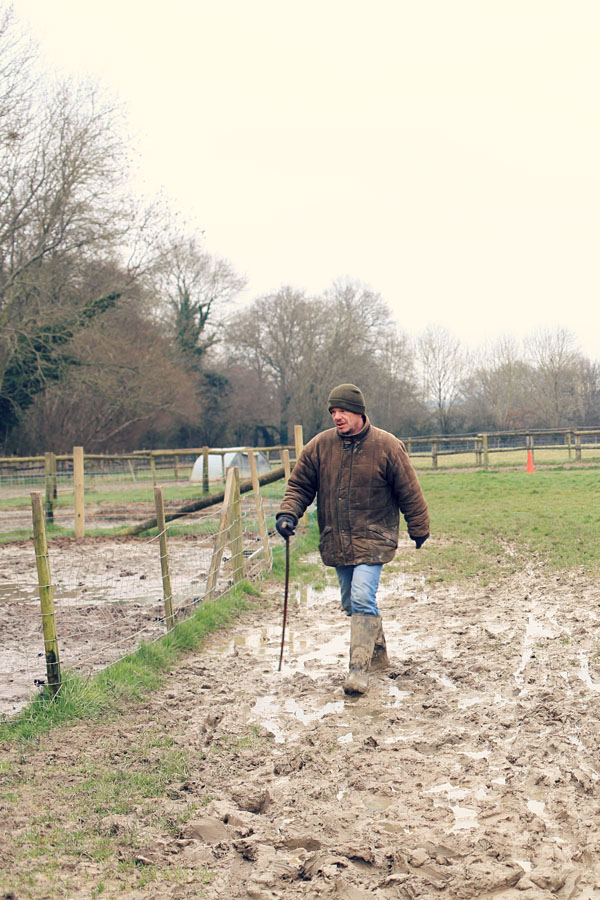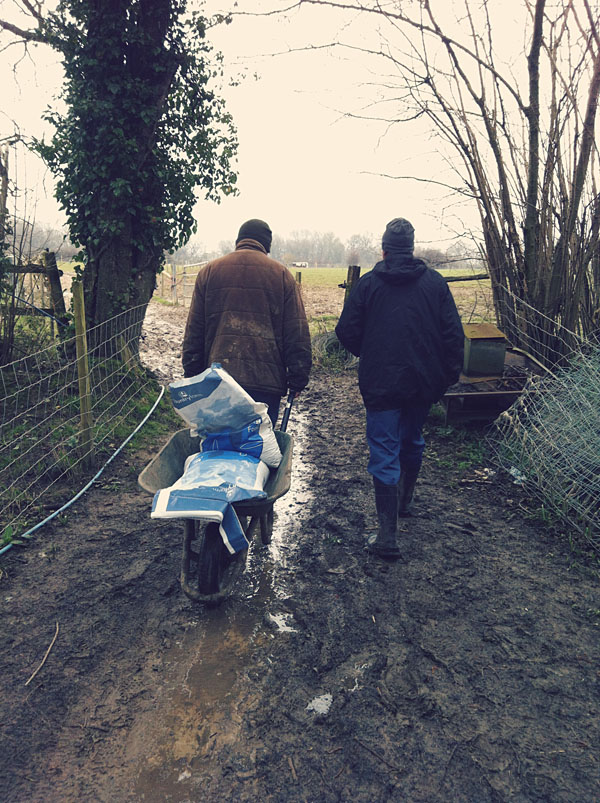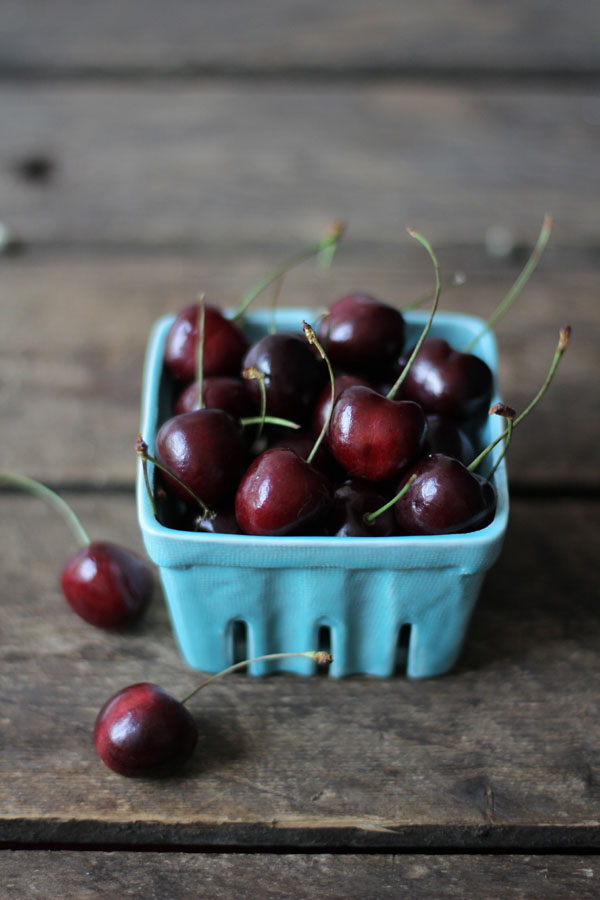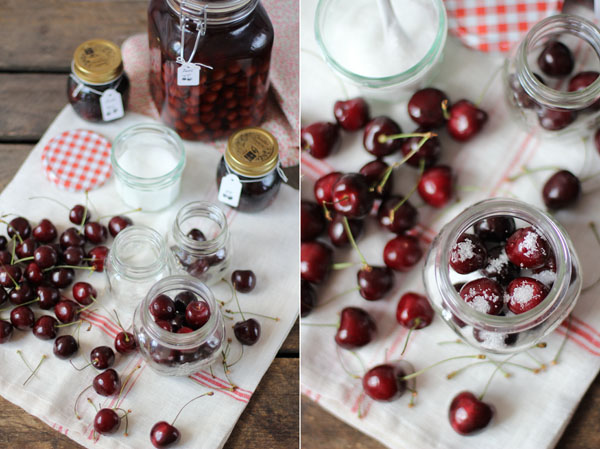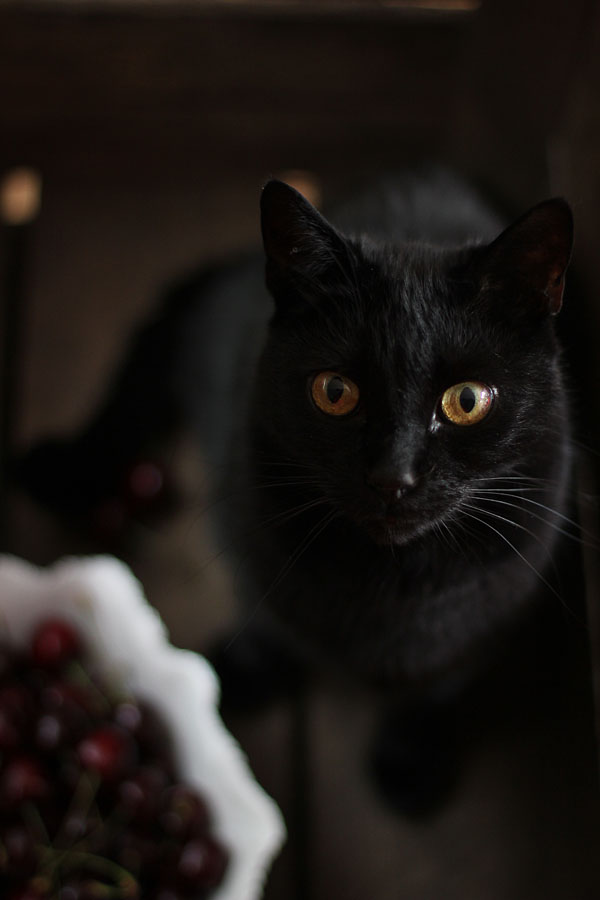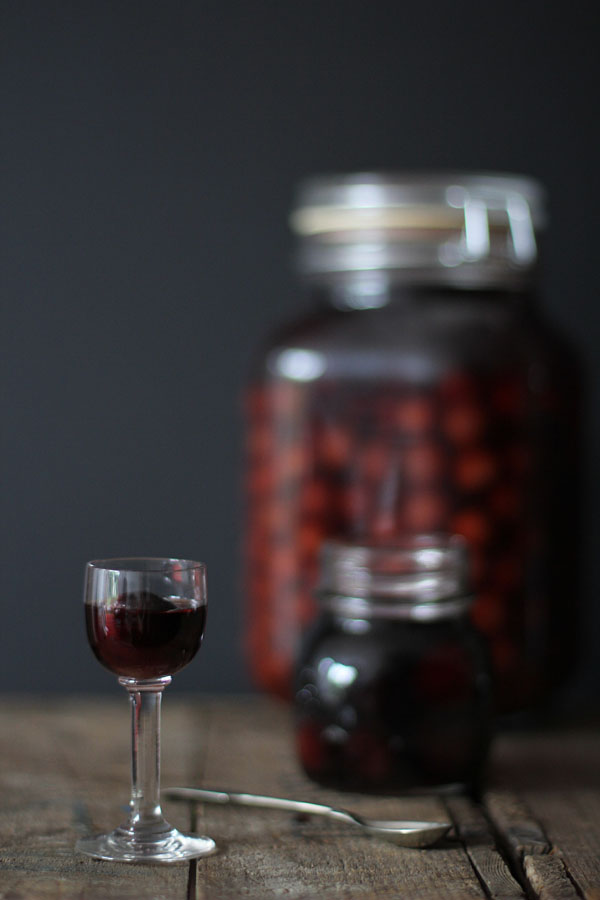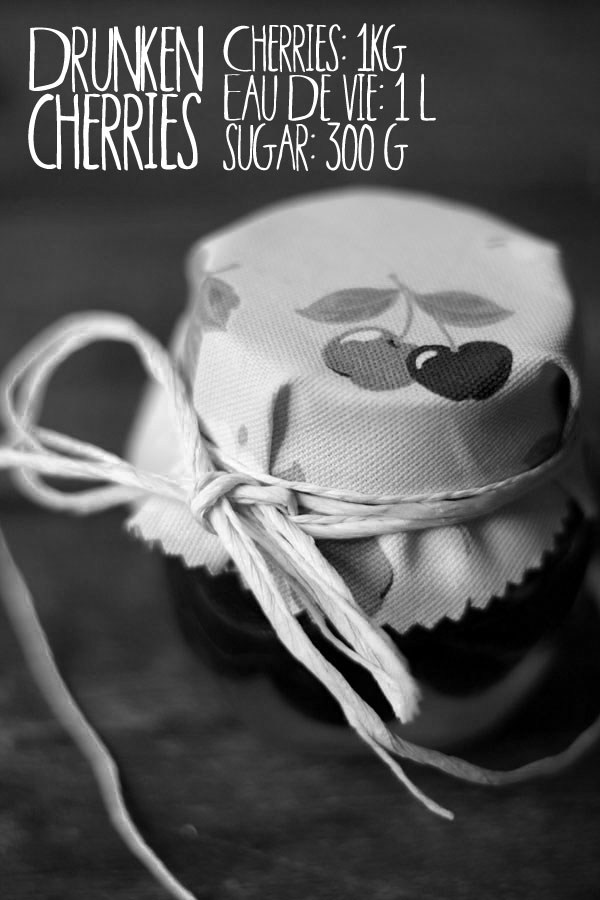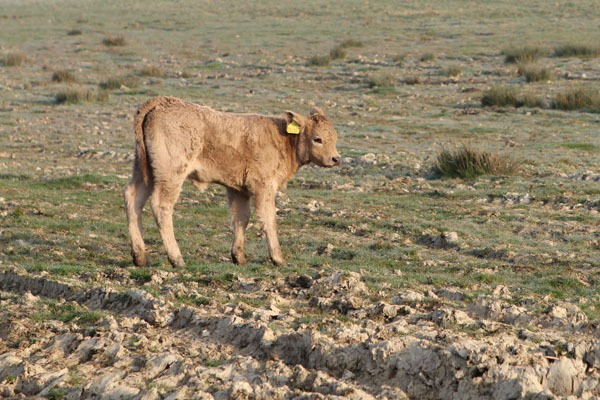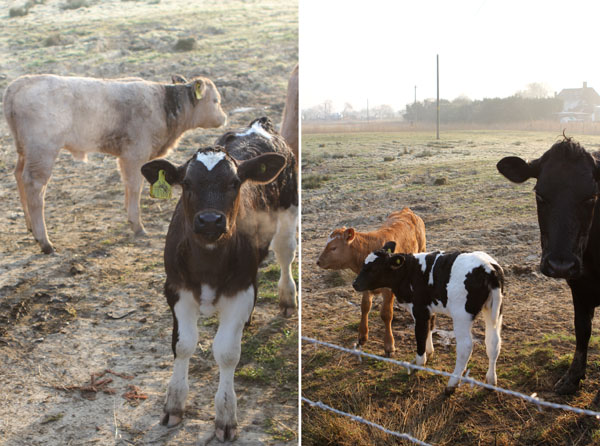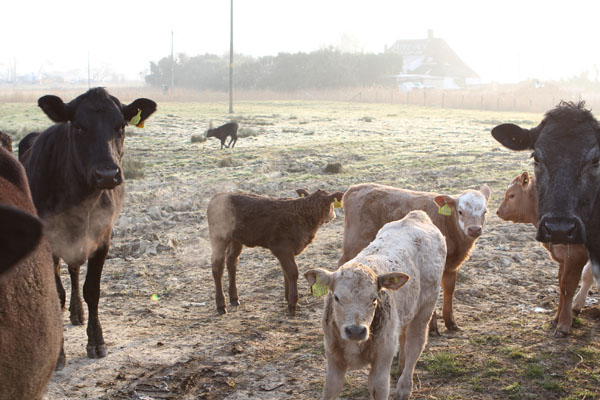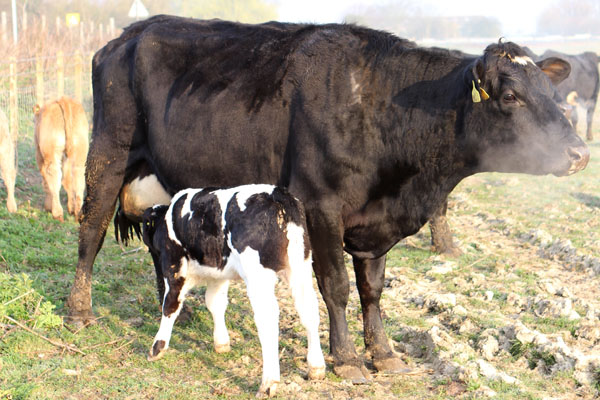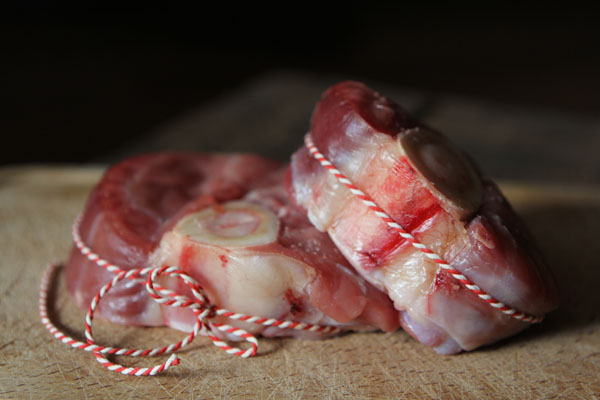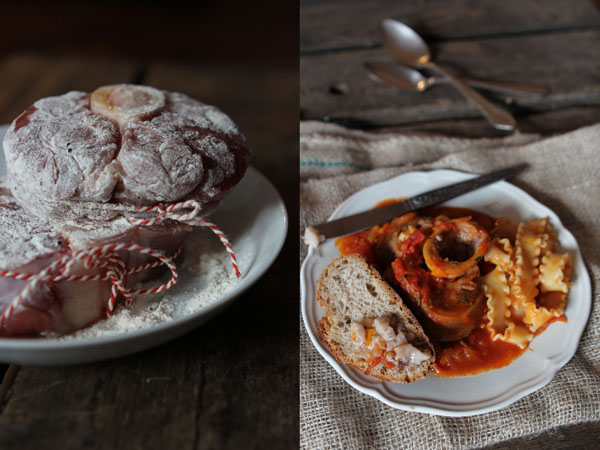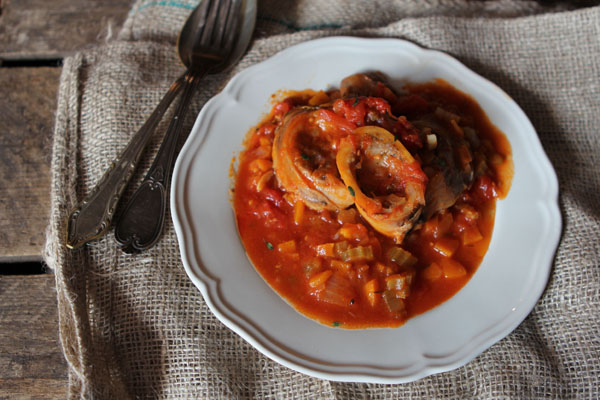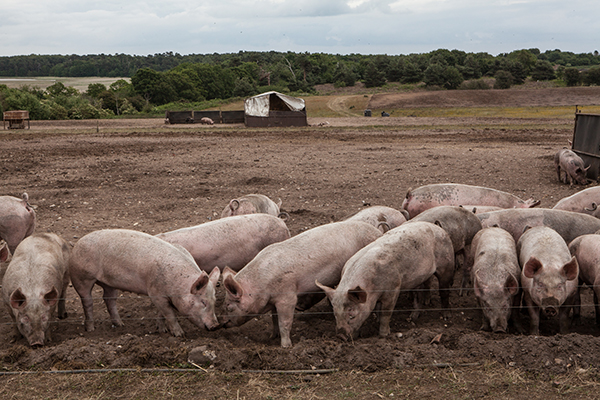 |
| kisses on the free range fields |
It came as a bit of a surprise to me that less than 3% of the pork in the UK is actually truly ‘free range’. You think if you choose for the ‘freedom foods’ or ‘red tractor’ label, you’re sorted, but no, that doesn’t mean your bacon is free range at all.
To learn more, I ventured out to sunny Suffolk to meet up with second generation pig farmer Alastair Butler on their family farm Blythburgh Free Range Pork.
As it turnes out, a lot of the pork we think to be free-range, has actually not had a better life than a pig in an intensive farm. We assume when we spot the label ‘outdoor bred’ or ‘outdoor reared’ that it is free-range, only it isn’t.
First we have to understand how pig farming works.
There are two stages or herds, the ‘breeding herd’ – these are the sows and the newly born piglets, and the ‘finishing herd’ where the piglets go after they are weaned which is after about four weeks of age.
In the majority of the higher welfare farms, the high welfare terminology only applies to the first herd, the sows and their babies.
Outdoor bred and outdoor reared is NOT free range pork.
Outdoor bred: this means the breeding herd is kept free range but the after the piglets are weaned, they are moved indoors to the finishing herd where they are intensively reared. The pork from these pigs will not be any different from your average intensive farm.
Outdoor reared: here the breeding herd is free range too, and the finishing herd is kept in a semi outdoor arrangement of tents or huts. The pigs do not have free access to the outside, and are confined to these huts and tents at all times. Alastair refers to this arrangement as ‘intensively reared outdoors.’
Free range: here the breeding herd is free range, and the finishing herd is kept in an even larger free range space. This is the only true higher welfare farming system.
Blythburgh is one of the largest free range farms in the UK, this means that the pigs have an incredibly large amount of land to roam freely. The animals grow slower, which means the fat has been around the muscle for longer and therefore delivers more flavour.
But for Alastair the welfare of the pigs is what’s most important, he steps into the field with his dad and nearly all of the pigs in the field come storming towards him to see what is going on and have a sniff on the farmers leg and shoes. “This is what it’s all about” he says “pigs showing their natural behaviour which is that they are incredibly curious and clever animals”.
I asked him if he is still smitten with the breeding herd after years of seeing piglets being born, and he tells me that he still loves everything about the breeding herd, but the fact that they have to keep the sows on a more confined paddock means he prefers to visit the finishing herd which looks to me like a gang of friends having a nice play in the sand rather than a bunch of farm animals being finished for slaughter.
The natural behaviour of a pig is to root in the soil and eat the mud, they love a good dust bath or wallow in the muddy pools and enjoy a good run. Imagine if you would place an animal like this on a concrete floor, with no light apart from a couple of industrial lights if they are lucky. No fresh air, nothing. Farrowing crates contain the sows, they are so tight that they can not turn, they can not stand, they just have to lie there. Piglets are taken from these animals after birth, while pigs are known for being good mothers, imagine what the animal must be feeling. And that is what is important, we can’t ignore that animals have feelings. Farm animals are no different from pets. It is important to take a stand against intensive farming, and eat less meat, but choose to buy high welfare meat.
Ask your butcher where the meat comes from, investigate by looking up the farms website to see that you are getting your money’s worth in free range meat.
There is no room in this day and age for animal abuse, so find a free range source for your meat.
From farm to plate
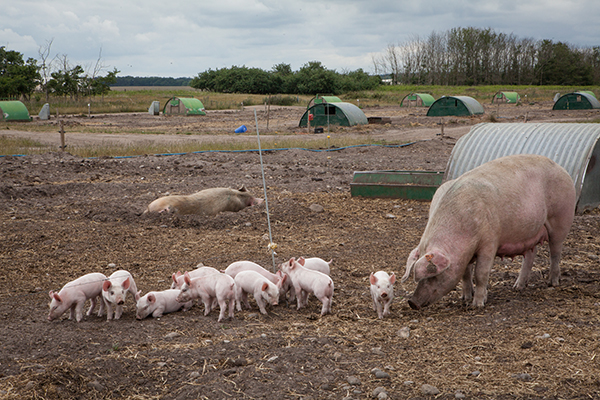 |
| The breeding herd |
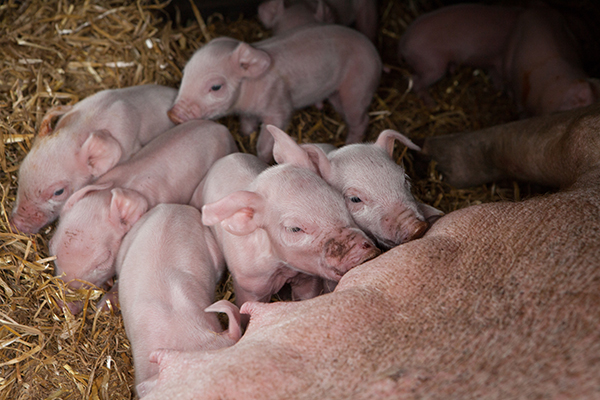 |
| A happy mama and her babies fighting over the best teat |
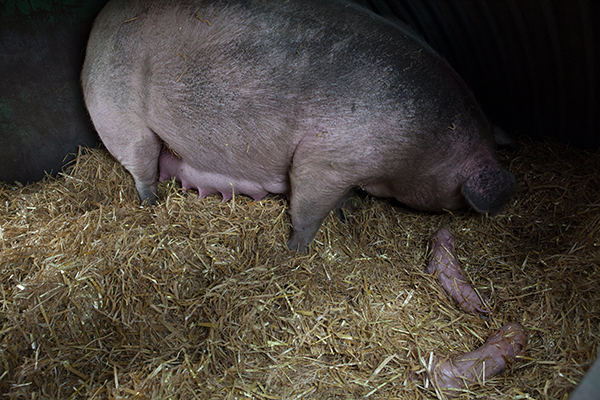 |
| And suddenly another mama started farrowing, she covered her piglets in straw to keep warm |
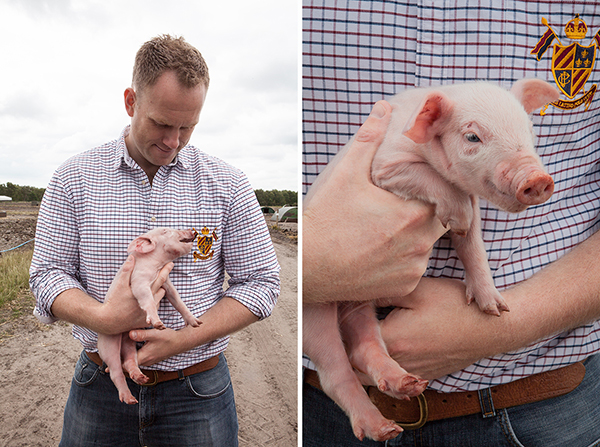 |
| Alastair Butler and his piglets. I got to hold her too, she fell asleep on me. |
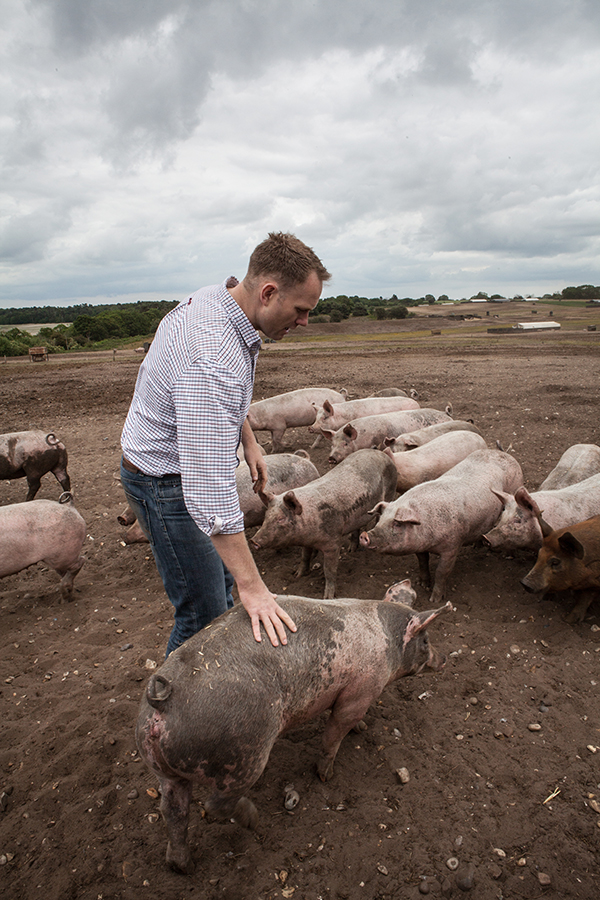 |
| A curious bunch – the finishing herd. |
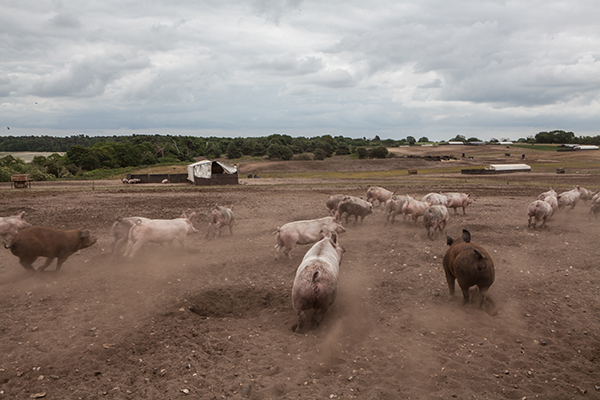 |
| Didn’t I say they love a good run? |
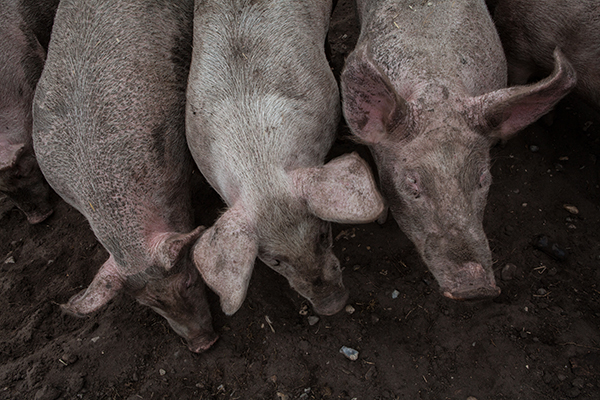 |
| And that they love to eat and root around the mud? |
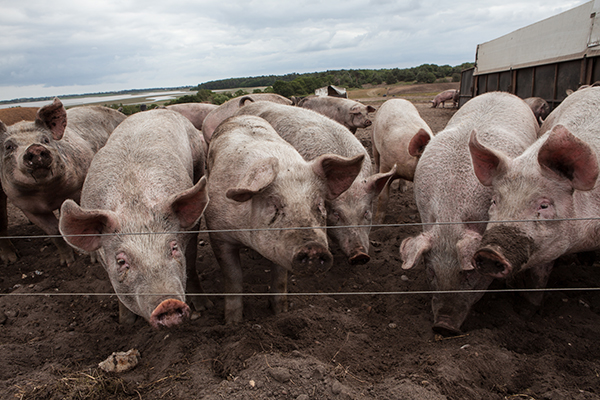 |
| Are you looking at me? Well you’re looking at us human! |
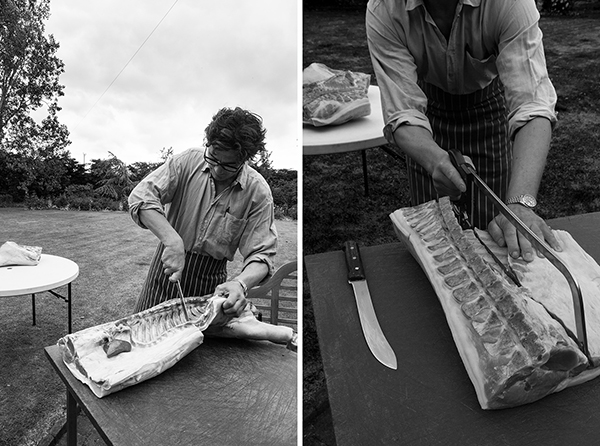 |
| Slaughtered and butchered by Gerard King. |
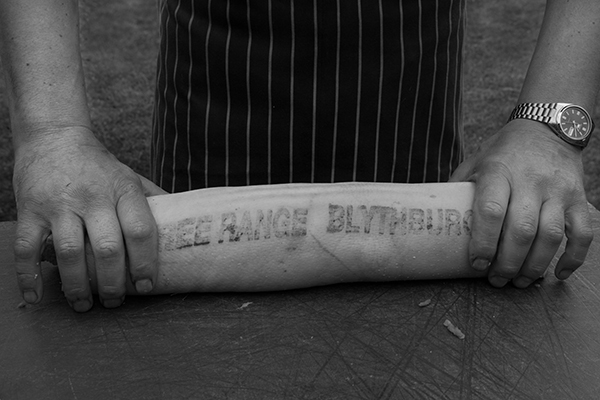 |
| The mark, so you know what you get. |
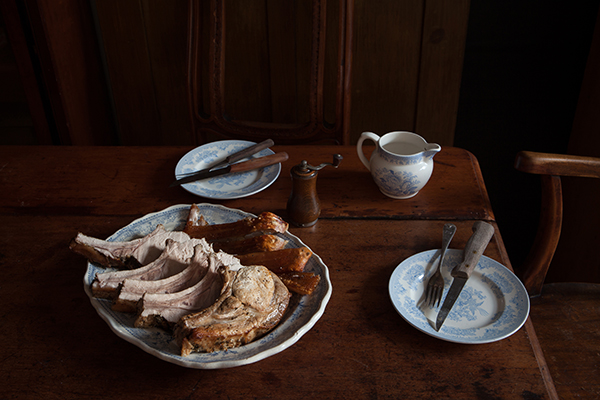 |
| The final stage – the table. |
Thank you very much for inviting me to your family farm Alastair, and for the beautiful pulled pork lunch your mother made us. Thanks Gerard King from craft butcher Salter and King for a butchery demonstration to round up the day and the process from birth to slaughter. Good meat can’t be taken for granted, it has to be respected.
Recipe for the roast coming soon.
My views are my own.

